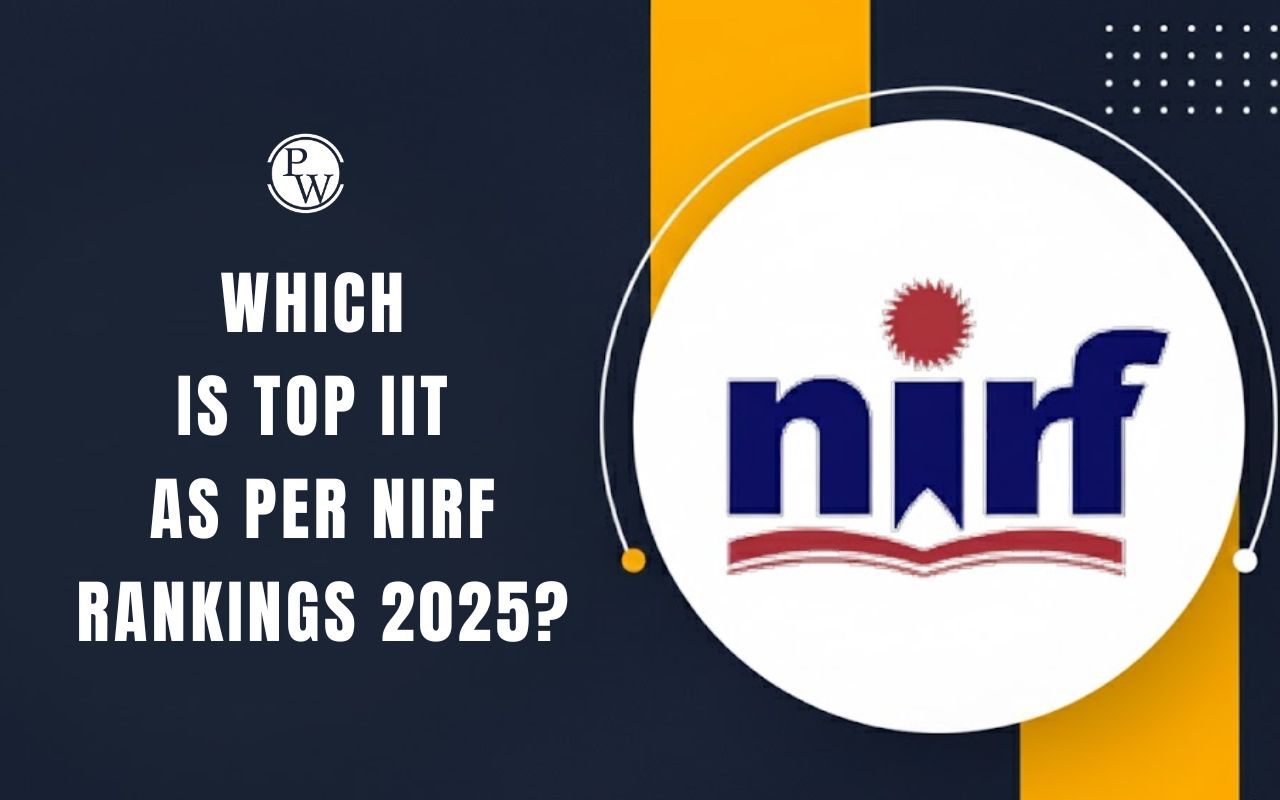
Salient features of Hybridization
- The number of hybrid orbitals = Number of the atomic orbitals that get hybridized.
- The hybridized orbitals are equivalent in energy and shape.
- The hybrid orbitals are oriented in space along specific directions to minimize repulsion between electron pairs, resulting in a stable arrangement. Consequently, the type of hybridization serves as an indicator for the molecular geometry.
- Hybrid orbitals generally form 𝛔 bond.
Conditions for hybridization
- The orbitals present in the atom's valence shell undergo for hybridization.
- The orbitals participating in hybridization must possess nearly identical energy levels.
- Promotion of electron is not essential condition prior to hybridization.
- It is not mandatory for only half-filled orbitals to participate in hybridization. In certain cases, even fully filled orbitals of the valence shell can participate in hybridization.
Types of Hybridization
There are various types of hybridization involving s, p and d orbitals. The different types of hybridization are:- sp hybridization
- sp 2 hybridization
- sp 3 hybridization
- sp 3 d hybridization
Types of Hybridization by Using s and p Orbitals:
1. sp Hybridization: In sp hybridization, one s and one p orbital combine to form two sp hybrid orbitals.
| Types of Hybridization by Using s and p Orbitals | ||
| Participating Atomic Orbitals | Number of Hybridized Orbitals | Hybridization |
|
1. One s + One p
|
2 | sp |
- Every sp hybridized orbital possesses an equal distribution of s and p characters, with 50% s character and 50% p character.
- Examples of sp hybridization includes:
2. sp 2 Hybridization: sp 2 hybridization involves the combination of one s and two p orbitals, resulting in three sp 2 hybrid orbitals, characteristic of trigonal planar molecules like boron trifluoride (BF 3 ).
- The three hybrid orbitals maintain coplanarity, forming an angle of 120° with each other. Each of the resulting hybrid orbitals contains 33.33% 's' character and 66.66% 'p' character.
- Examples of sp 2 hybridization includes: BH 3 , BF 3
3. sp 3 Hybridization: sp 3 hybridization combines one s and three p orbitals to generate four sp 3 hybrid orbitals, responsible for the tetrahedral geometry observed in molecules like methane (CH 4 )
- The angle between the sp 3 hybrid orbitals is approximately 109°28’
- Each sp 3 hybrid orbital is characterized by 25% s character and 75% p character.
- Examples of sp 3 hybridization includes CH 4 , NH 3 , H 2 O, etc.
Types of Hybridization by Using s, p and d Orbitals:
4. sp 3 d Hybridization: The sp 3 d hybridization process entails the combination of one s orbital, three p orbitals, and one d orbital, resulting in the formation of five sp 3 d hybridized orbitals with uniform energy. These orbitals exhibit a trigonal bipyramidal geometry.
- Three hybrid orbitals are situated in a horizontal plane, inclined at an angle of 120° to each other, denoted as equatorial orbitals.
- The remaining two orbitals are found in the vertical plane, forming a 90° angle with the equatorial orbitals' plane, identified as axial orbitals.
- Example : PCl 5
5. sp 3 d 2 Hybridization: In sp 3 d 2 hybridization, one s orbital, three p orbitals, and two d orbitals undergo intermixing to produce six identical sp 3 d 2 hybrid orbitals.
- These six orbitals are oriented towards the corners of an octahedron, positioned at a 90° angle to each other.
6. sp 3 d 3 Hybridization: One s and three p and three d-orbitals of the outermost shell of an atom undergo mixing to give seven sp³d 3 hybrid orbitals. Out of these seven atomic orbitals, five are co-planar pointing towards the five corners of a regular pentagon and the remaining two are perpendicular to plane. The angle between any two sp³d³ orbitals in the pentagonal plane is 72° and two subtend an angle of 90° with the plane.
Example : IF 7
Percentage Character of Orbitals
| Percentage Character of Orbitals | |
| % s character Increases | %p or %d character increase |
| Orbital becomes bulkier and shorter. | Orbital becomes thinner and longer |
| Energy of hybrid orbital decreases | Energy of hybrid orbital increases |
| Electronegativity increases | Electronegativity decreases |
Applications in Molecular Geometry :
Understanding hybridization is crucial for predicting the geometry of molecules and their properties. By analyzing the hybridization of central atoms in a molecule, you can determine the molecular shape and bond angles. This information is essential for explaining the physical and chemical characteristics of substances.| Applications in Molecular Geometry | ||||
| Hybrid Orbital | Hybridization | Atomic orbital involved | Shape | Bond Angle |
| 2 | sp | sp x / sp y / sp z | Linear | 180° |
| 3 | sp 2 | sp x p y / sp y p z / sp z p x | Trigonal planar | 120 o |
| 4 | sp 3 | sp x p y p z | Tetrahedral | 109 o 28’ |
| 5 | sp 3 d | sp x p y p z d 2 z | Trigonal bipyramidal | 120 o , 90 o , 180 o |
| 6 | sp 3 d 2 |
|
Octahedral | 90 o |
| 7 | sp 3 d 3 |
|
Pentagonal bipyramidal | 72 o , 90 o , 180 o |
Hybridization FAQs
Q.1: What is the significance of hybridization in molecular geometry?
Q. 2: Can fully filled orbitals participate in hybridization?
Q. 3. Describe the geometry of molecules formed through sp3d hybridization.
Q.4: What is the angle between the equatorial orbitals in sp3d hybridization?
Q.5. How do axial orbitals relate to sp3d hybridization?










